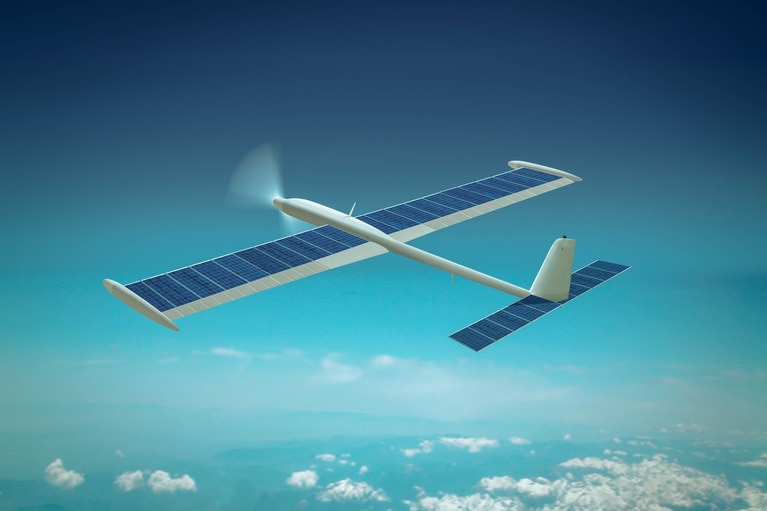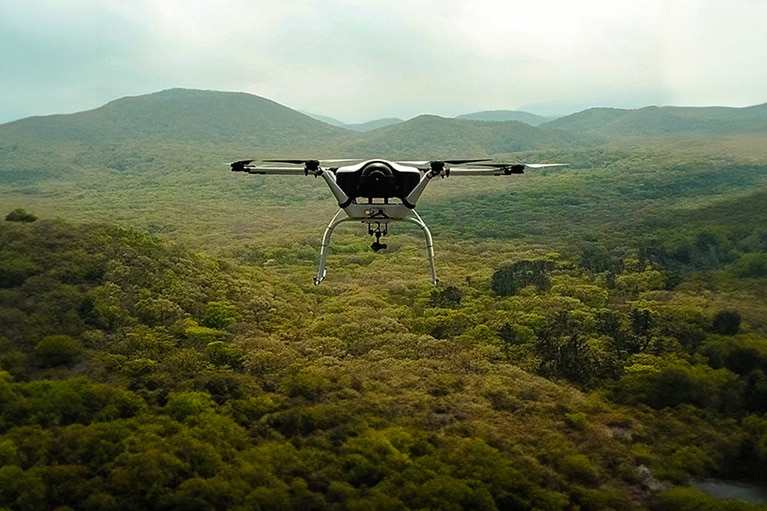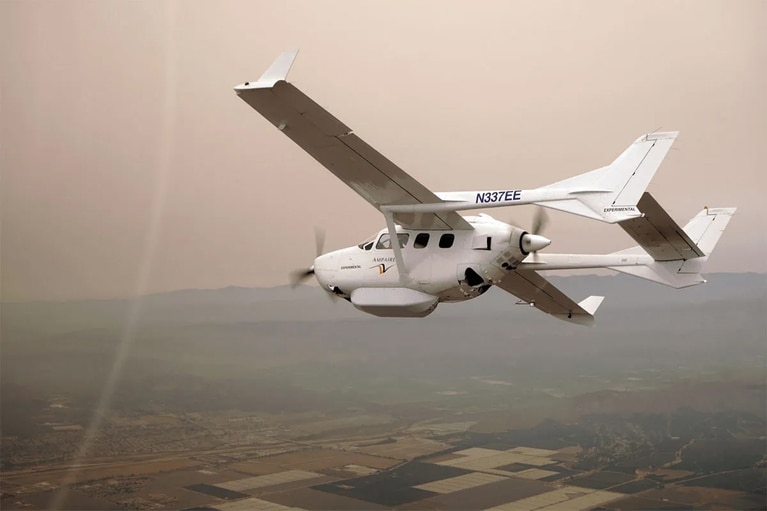
VideoRay drives safe, effective underwater exploration leveraging AI and today’s newest technologies
Vicor Powering Innovation podcast discusses the proliferation of ROV applications and how VideoRay is responding to new underwater missions
Case study: Unmanned aircraft for communications

This class of UAV depends on solar power to meet its long flight time requirements. Solar power systems rely on the use of maximum powerpoint tracking (MPPT) circuitry to ensure that solar energy is harvested at the optimum voltage before conversion to a voltage suitable for charging a secondary battery, or delivery to the power system’s intermediate bus network. The key goals were:
As this class of UAVs develops, high-efficiency power-conversion topologies such as Zero-Voltage Switching and Zero-Current Switching (ZVS/ZCS) which are used in Vicor BCMs® are important to enable the widening variety of fuel sources and applications with increasing power challenges.

Efficiently convert high voltages to SELV

Lightweight power delivery network

Wide input range at point-of-load conversion
A combination of the BCM6123 providing the isolated conversion of the 350V to a 48V intermediate bus and the PI3741 ZVS Buck-Boost regulator with a very wide range input voltage operating capability provides a tightly regulated 28V output for various UAV loads.
VideoRay drives safe, effective underwater exploration leveraging AI and today’s newest technologies
Vicor Powering Innovation podcast discusses the proliferation of ROV applications and how VideoRay is responding to new underwater missions
Next generation hydrogen powered drones are doing search and rescue, saving lives
Doosan Mobility’s life-saving drones using hydrogen fuel cells and high-density power modules, enabling 5x longer flight time than lithium ion batteries
Now boarding the flight to the future, flying lower emissions Ampaire hybrid-electric planes
Ampaire is developing hybrid-electric aircraft that will lead the industry to an all-electric future with net-zero emissions and a greener future
High-efficiency, high-density modules free up space for advanced communications and extend range
High-efficiency class of UAV depend on solar power to meet its long flight time requirements


